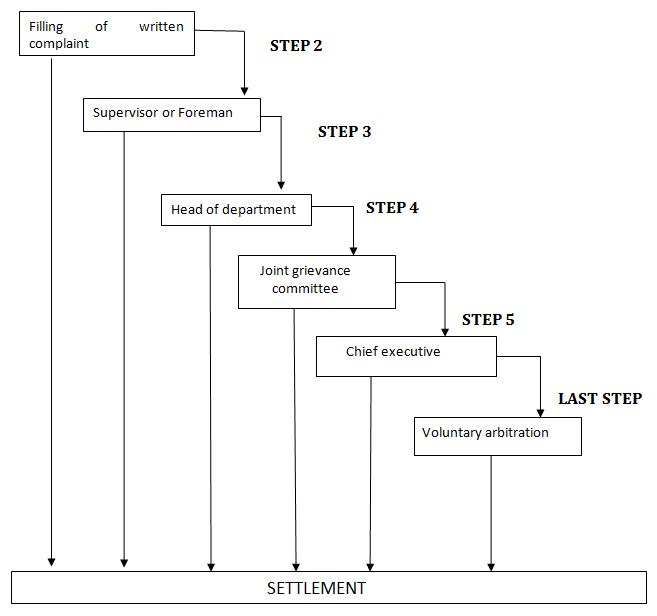Traditional performance appraisals, as discussed above, can be both subjective and simplistic. At times, they can also be deemed to be “political”. In an attempt to improve this methodology, some companies have turned to 360-degree appraisals. 360 appraisals pool feedback from a department’s internal and external customers to ensure a broader, more accurate perspective of an employee’s performance.
360-degree performance appraisal is an attempt to answer the question: “How can a supervisor evaluate an employee he or she sees only a few hours each week?”
Using internal and external clients360-degree performance appraisals offer an alternative by which organizations may gain more useful performance information about employees.… Read the rest



